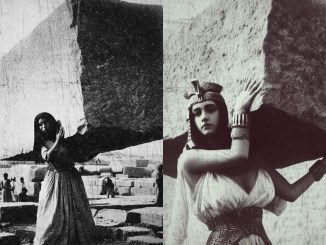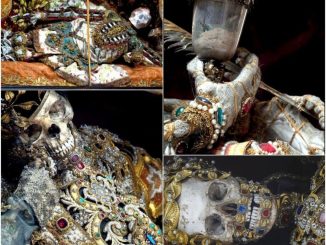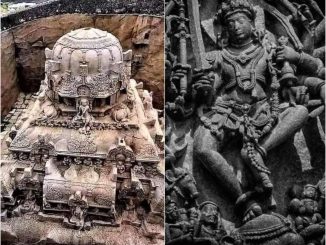In the annals of history, amidst the fragments of civilizations long past, archaeologists often stumble upon artifacts that not only bewilder but also beckon us into the depths of ancient wisdom and belief systems. Among such treasures, the Eastern Greek Fluorite Carved Idol of the Owl, dating back to the 4th-3rd Century BC, stands as a testament to the reverence and symbolism woven into the fabric of antiquity. This tridimensional miniature sculpture, depicting the iconic owl of Athens, offers a glimpse into the spiritual and cultural ethos of its time, serving as both a votive idol and a protective talisman. As we delve into the depths of its history and significance, we unearth a narrative rich in mythology, symbolism, and human endeavor.

The Symbolism of the Owl
The owl, often associated with wisdom, foresight, and protection, held a significant place in ancient Greek mythology and culture. In particular, the owl of Athens, known as ‘Athens noctua,’ was revered as the sacred symbol of the city and the embodiment of Athena, the goddess of wisdom, strategy, and warfare. It adorned coins, architectural elements, and various artifacts, serving as a constant reminder of Athena’s watchful presence over the city-state.
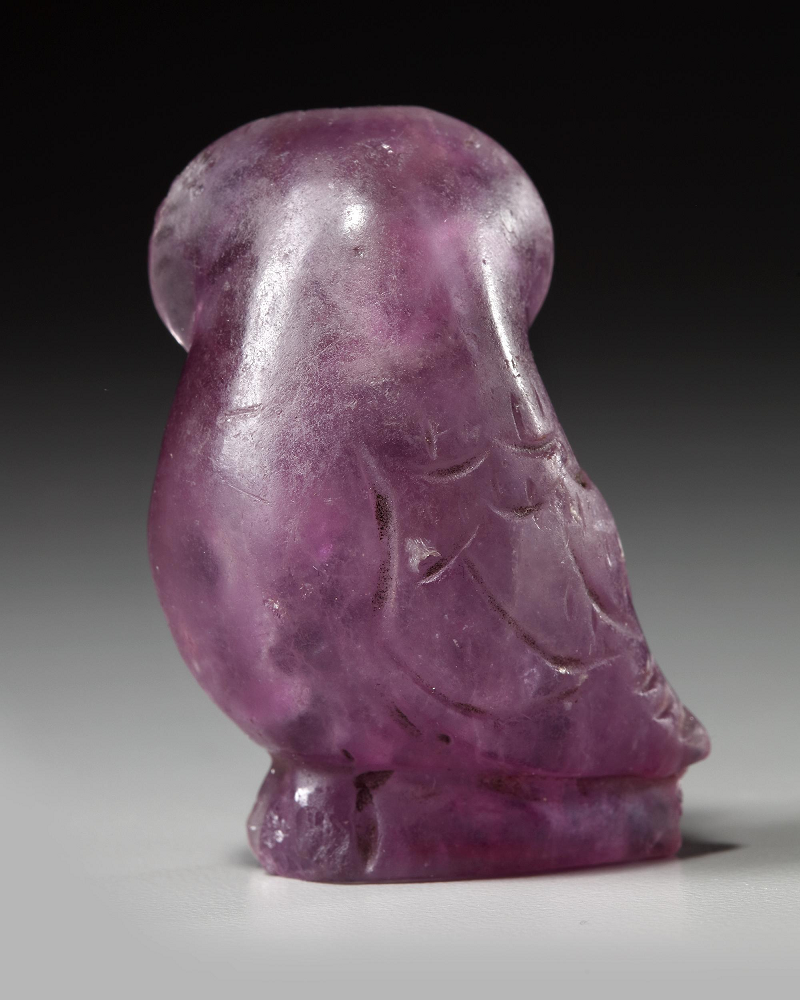
A Votive Idol and Protective Amulet
The Eastern Greek Fluorite Carved Idol of the Owl emerges as a poignant expression of devotion and belief. Crafted with meticulous detail from extraordinary deep purple bicolor fluorite, this miniature sculpture likely served dual purposes within the ancient Greek society. Firstly, as a votive idol, it would have been offered to Athena in temples or sanctuaries as a token of reverence and supplication. Its representation of the owl, intertwined with the goddess herself, would have symbolized the seeker’s quest for wisdom, guidance, and protection.
Secondly, the idol may have functioned as a precious protective amulet, believed to possess inherent powers imbued by its association with Athena and the owl symbolism. Individuals would have carried or worn such talismans as a means of warding off evil spirits, misfortune, or malevolent forces. The deep purple fluorite, with its mystical allure and inherent beauty, would have further enhanced its perceived efficacy as a protective charm.
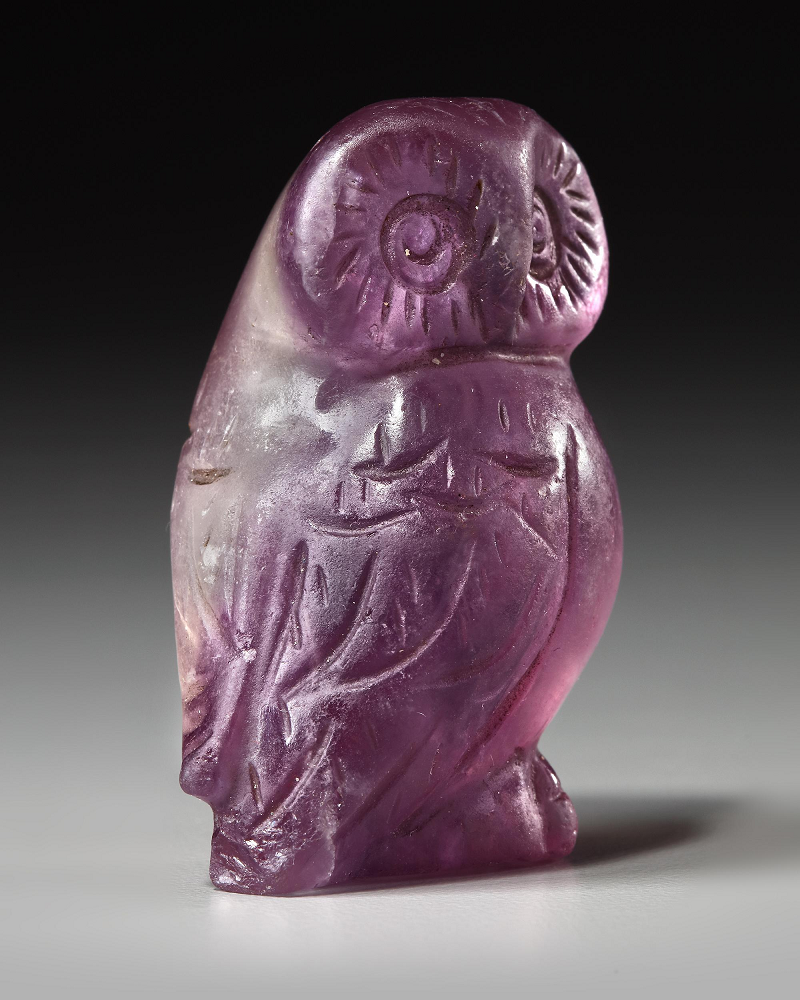
The Craftsmanship and Materiality
The craftsmanship evident in the Eastern Greek Fluorite Carved Idol of the Owl speaks volumes about the skill and artistry of its creators. Despite its diminutive size, the sculpture exhibits intricate detailing, capturing the essence of the owl with remarkable precision. The choice of fluorite as the medium is equally significant. Fluorite, prized for its translucent beauty and varied hues, was not only valued for its aesthetic appeal but also believed to possess mystical properties in ancient times. Its association with clarity of thought, spiritual awakening, and protection would have enhanced the idol’s symbolic potency.
Cultural and Historical Context
To truly appreciate the significance of the Eastern Greek Fluorite Carved Idol of the Owl, one must contextualize it within the broader tapestry of ancient Greek culture and society. The period spanning the 4th to 3rd centuries BC was marked by profound intellectual, artistic, and philosophical ferment, with Athens at the epicenter of this cultural renaissance. The reverence for Athena, embodied in the owl symbol, permeated every aspect of Athenian life, shaping religious practices, civic institutions, and artistic endeavors.
Moreover, the use of votive idols and protective amulets was pervasive across ancient civilizations, reflecting humanity’s perennial quest for transcendence, protection, and spiritual solace. The Eastern Greek Fluorite Carved Idol of the Owl thus emerges as a poignant relic of this collective human endeavor to commune with the divine and navigate the uncertainties of existence.
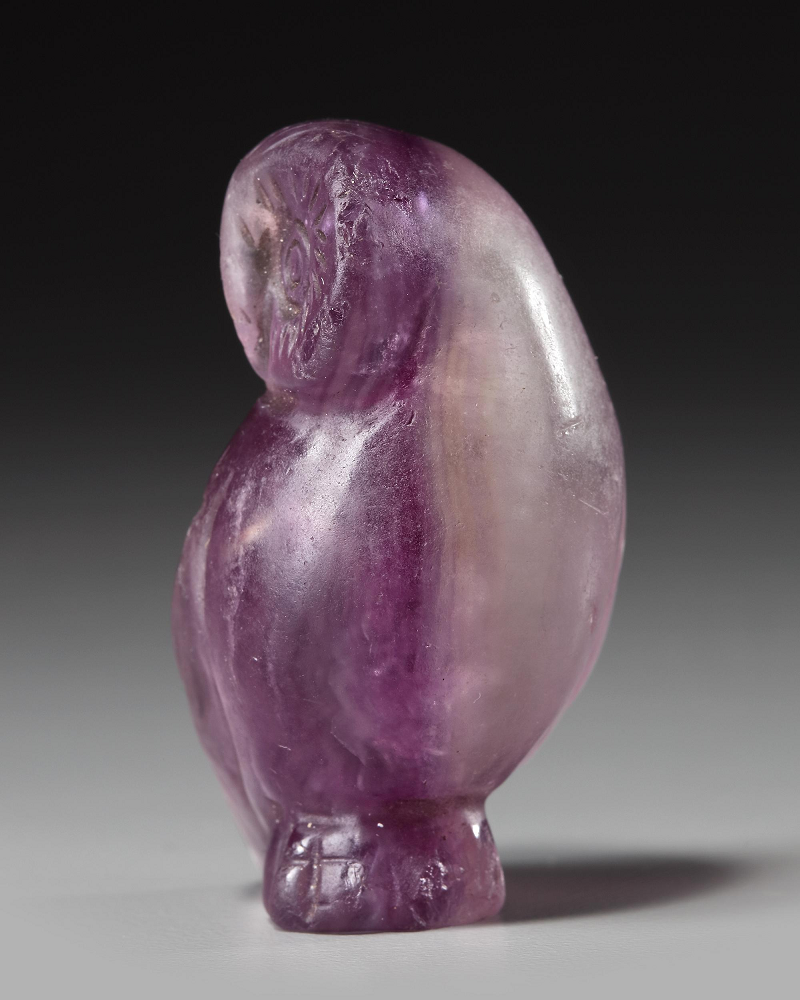
Conclusion
In the silent chambers of museums and archaeological sites, artifacts like the Eastern Greek Fluorite Carved Idol of the Owl whisper tales of bygone eras, inviting us to unravel the mysteries of antiquity. Beyond its exquisite craftsmanship and aesthetic allure, this miniature sculpture serves as a conduit to the spiritual, cultural, and intellectual currents that animated ancient Greek society. As we gaze upon its intricate form and contemplate its symbolic significance, we are reminded of humanity’s eternal quest for wisdom, protection, and transcendence—a quest that transcends the boundaries of time and space, echoing through the corridors of history.
